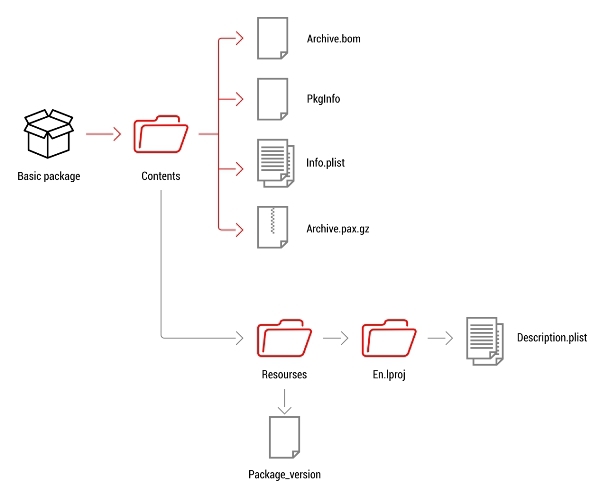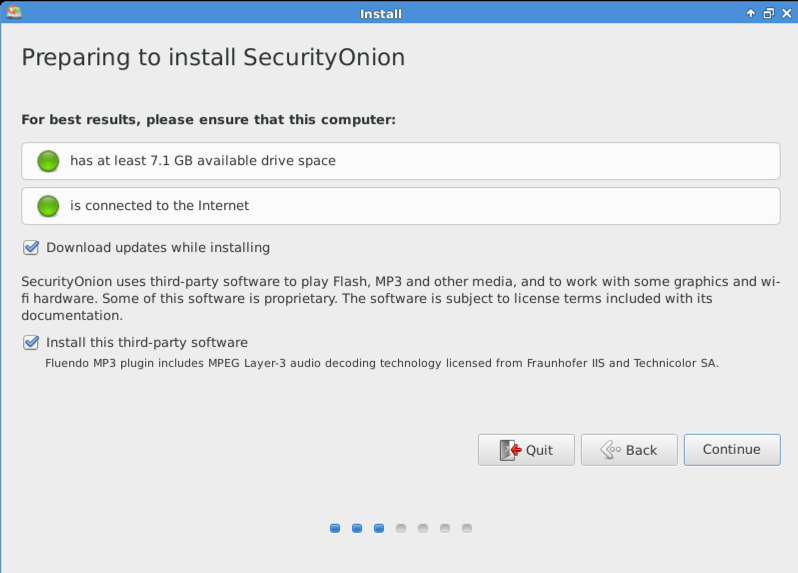Apr 30, 2019 If you’re trying to update or install apps but the update refuses to start or you have stuck downloads in the Mac App Store, then try the following fixes. Cancel and restart. If you have stuck downloads in the Mac App Store or updates that won’t start, cancel them and try starting them again. Often, this will be enough to fix the problem. Oct 08, 2019 4: Backup the Mac. Backing up your Mac is essential before installing any system software update, but having sufficient backups is particularly important if you’re planning on installing a new major version of macOS. Backups make sure you can roll back if something goes wrong, and help to prevent permanent data loss. Oct 01, 2020 The 2020 Mac software update is just around the corner. We don't know when it is officially launching, but we've been around the block a few times and know how to prepare your Mac for a big software update. It's about that time to clear out the cruft and get your Mac ready for the macOS Big Sur update today.
Keep reading to discover which ones we liked best. 
Preparing to install macOS Server. If you’re going to install macOS 10.14.4 on an existing computer and want a clean installation rather than an upgrade, use Disk Utility to erase the storage your volume is on. You can use Disk Utility when you begin installing. For instructions, search Mac Help for “Erase and reinstall macOS.”.

Updating your Mac to the latest version of the macOS software is usually easy and straightforward. However, you may run into Mac update issues. A common installation error message that a lot of users are receiving is below:
“An error occurred while preparing the installation. Try running this application again.”
You may see this message when you want to install or reinstall an update or upgrade. This article explains how you can fix this problem.
See also: The macOS Installation Couldn’t Be Completed Error Fix
Preparing For Installation Machine
Here is how you can fix this problem:
Please try the following troubleshooting tips in order. After trying each step, test to see if you’ve fixed your issue.

1. Restart your Mac.
Simply restart your Mac to see if this fixes your problem.
2. Check the date and time.
Make sure that the date and time on your Mac are set correctly. Here is how you can check this:
Preparing For Installation Mac Os

- On your Mac, click System Preferences, then choose Date & Time. If your settings are not correct, update them. You may also want to check the “set date and time automatically” box to turn on the option to set date and time automatically.
- However, the option above may not work for you as you may not access System Preferences if your Mac stuck in the middle of a macOS update. Then you can use Terminal (Applications / Utilities) to update your date and time settings. Here is how:
- Turn off your Mac, you can do so by pressing and holding the power button.
- Turn on your Mac and immediately press and hold the Command (⌘)-R keys together. Keep holding these keys until you see the Apple logo or a spinning globe.
- Your Mac will start up from macOS Recovery. This may take time so be patient.
- Enter your password, if asked.
- You will see the “macOS Utilities” window.
- From the top menu, click Utilities and Terminal. This will open the Terminal window.
- In Termina, enter the following command and hit enter:
- date
- This will give you your computers time and date setting. Is that correct? If not, update it:
- If your Mac has an Internet connection, enter the following command and hit enter:
- ntpdate -u time.apple.com
- This will automatically update the setting. If you have no Internet connection, then you will have to manually update this setting:
- Enter the current date using this format: date mmddHHMMyy”. (mm = two-digit month, dd = two-digit day, HH = 24 hour, MM = minute, yy = 2 digit year) So if it is currently 11:46am, April 03, 2020, the command would look like: “date 0403114620”. So enter something like this:
- date 0403114620
- Again let’s doublecheck, enter the date command again to see if your Mac has the correct setting.
- Now exit Terminal and try again.
3. Try installing in Safe Mode.
- Turn off your Mac.
- Turn on your Mac and immediately press and hold the Shift key.
- Keep holding the Shift key until you see the Apple logo.
- Log in, you may have to log in a few times.
- Now your computer is in Safe Mode.
- Try updating your Mac now. Does it work?
- To exit Safe Mode, restart your Mac normally.
4. Use macOS Recovery.


- Turn off your Mac.
- Turn on your Mac and immediately press one of the keyboard combinations:
- Command (⌘)-R: This reinstalls the latest macOS version that was installed on your Mac.
- Option-⌘-R: This will update your Mac to the latest compatible macOS version.
- Shift-Option-⌘-R: This will install the macOS version that came with your Mac.
- Click Reinstall macOS and then Continue.
5. Use a combo update.
- Please note that you can use this method to update your Mac from a prior version of macOS within the same major release. For example, the macOS 10.15.4 combo update requires that macOS 10.15.0 or later is installed.
- Download the necessary macOS combo update from the Apple website.
- They are dmg files. Also, note that they are very large files.
- Double click the install the file. And then follow the onscreen instructions.